Home>diy>Building & Construction>What Is A Sump Pit In Construction
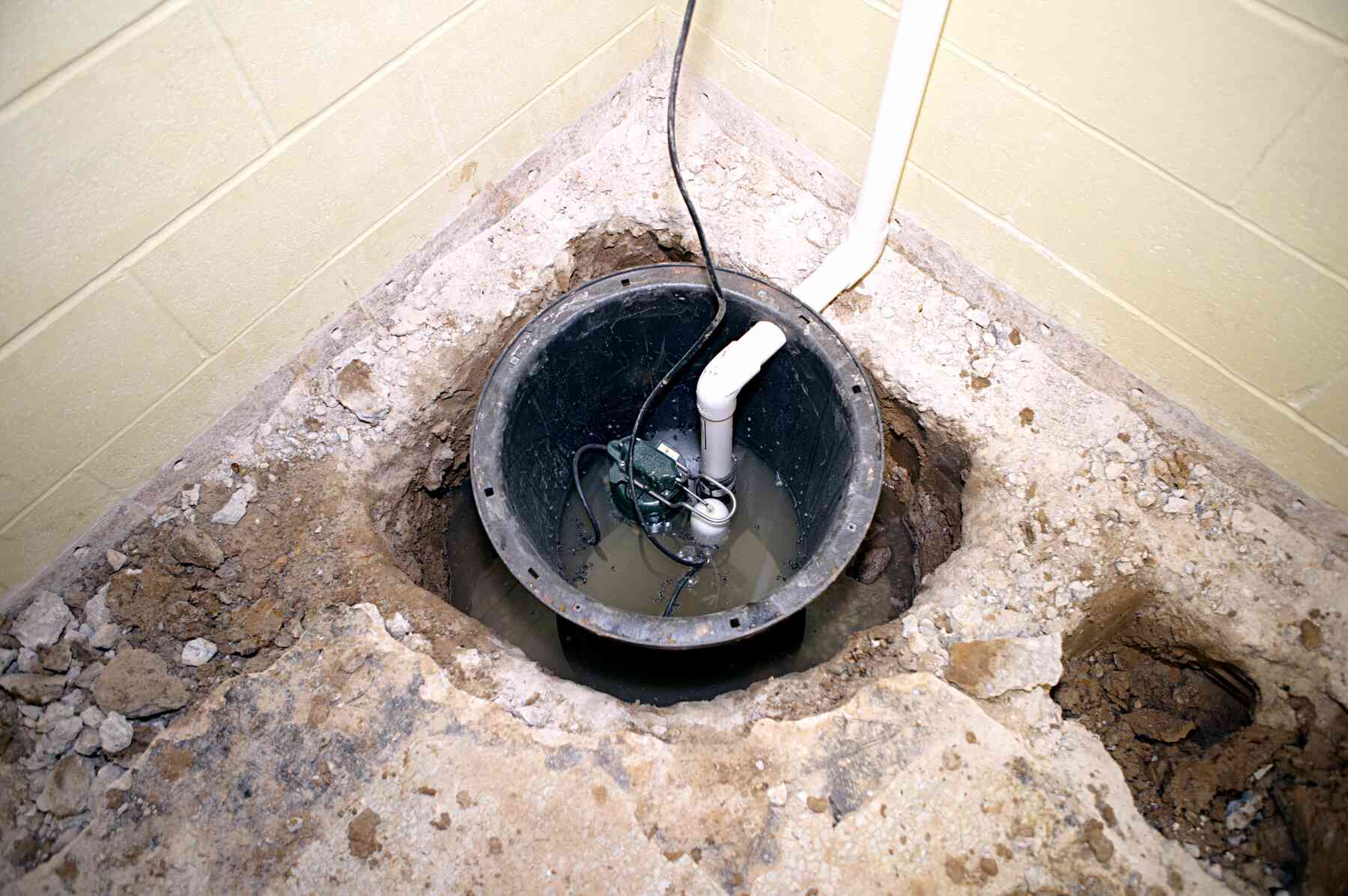

Building & Construction
What Is A Sump Pit In Construction
Modified: October 19, 2024
Learn about the essential component of building construction known as a sump pit. Discover its purpose and how it aids in preventing water damage.
(Many of the links in this article redirect to a specific reviewed product. Your purchase of these products through affiliate links helps to generate commission for Storables.com, at no extra cost. Learn more)
Introduction
Welcome to the world of construction, where every element plays a crucial role in the stability and functionality of a building. One such important component is a sump pit. While it may sound unfamiliar to some, understanding what a sump pit is and its purpose is essential for anyone involved in the construction industry.
A sump pit, also known as a sump basin or sump reservoir, is an important feature that is typically found in the basement or crawlspace of a building. Its purpose is to collect and contain excess water or groundwater that may accumulate around the foundation of a structure. Essentially, it acts as a drainage system, safeguarding the building from potential water damage.
When it comes to construction, addressing water-related issues is of utmost importance. Poor water management can lead to a variety of problems, such as basement flooding, foundation damage, and even mold growth. This is where a sump pit proves its worth. By effectively managing excess water, it helps to mitigate these issues and maintain the structural integrity of the building.
Now that we have a basic understanding of what a sump pit is and why it is important, let’s delve deeper into its construction and components, as well as the significance of proper installation and regular maintenance.
Key Takeaways:
- Sump pits are crucial for managing excess water in construction, preventing issues like flooding and foundation damage. Proper construction, installation, and maintenance are essential for their effectiveness and longevity.
- Understanding common sump pit issues and troubleshooting methods is vital for maintaining the functionality of the system. Regular cleaning, pump inspection, and addressing potential problems ensure optimal performance.
Read more: What Sump Pump Is Best For A Basement
Definition of a Sump Pit
A sump pit is a specialized container or reservoir in a building’s basement or crawlspace that is designed to collect and hold excess water or groundwater. It is typically constructed using various materials such as concrete, plastic, or fiberglass. The size and shape of a sump pit can vary depending on the specific requirements and size of the building.
The sump pit is typically located at the lowest point of the building’s foundation, allowing gravity to naturally draw water towards it. The pit is connected to a drainage system, such as a sump pump or an interior drain tile system. This allows the collected water to be effectively removed and directed away from the building, preventing potential damage and flooding.
It’s important to note that while the primary function of a sump pit is water collection, it can also serve other purposes such as housing a backup generator or providing a space for the installation of additional waterproofing systems.
In summary, a sump pit is a crucial component of a building’s water management system. Its purpose is to collect and hold excess water or groundwater, preventing it from causing any structural damage or flooding. By effectively managing water accumulation, a sump pit helps protect the building’s foundation and overall integrity.
Purpose of a Sump Pit
In the world of construction, managing water effectively is of paramount importance. Excess water accumulation around a building’s foundation can lead to a range of issues, from foundation cracks to basement flooding. This is where a sump pit comes into play, serving a vital purpose in the overall water management system of a structure.
The primary purpose of a sump pit is to collect and contain excess water or groundwater that may accumulate around the foundation. By collecting the water in a designated area, it prevents it from seeping into the building and causing damage. This is particularly important in areas where the water table is high or where there is a high risk of flooding.
A sump pit acts as a first line of defense against water infiltration, safeguarding the foundation of the building. It helps to maintain a dry and stable environment in the basement or crawlspace, preventing moisture-related issues such as mold growth and rotting of building materials.
Another crucial purpose of a sump pit is to facilitate the proper functioning of a sump pump. A sump pump is often installed within the sump pit to actively remove the collected water. When the water level in the sump pit reaches a certain threshold, the sump pump is activated, pumping the water out of the pit and away from the building through a discharge pipe or drainage system. This continuous removal of water prevents it from accumulating and causing potential flooding.
Moreover, a sump pit also provides a convenient location for additional waterproofing measures to be installed. Waterproofing membranes or interior drain tile systems can be integrated into the construction of the sump pit to further protect the building from water damage.
Overall, the purpose of a sump pit is to collect and manage excess water or groundwater effectively, preventing it from causing any harm to the building’s foundation. By doing so, it helps to maintain a safe and dry environment, ensuring the longevity and durability of the structure.
Sump Pit Construction
Sump pit construction is a crucial step in ensuring the effectiveness and durability of this essential component of a building’s water management system. Here, we will explore the key factors involved in constructing a sump pit.
1. Location: The first step in sump pit construction is determining the optimal location. The sump pit should be placed at the lowest point of the building’s foundation, where water naturally accumulates. This ensures that the water is effectively collected and redirected away from the building.
2. Excavation: After determining the location, excavation is carried out to create the space for the sump pit. The size and depth of the pit will depend on the specific requirements and the size of the building. It is essential to dig the pit deep enough to accommodate the sump pump and leave sufficient space for water collection.
3. Pit Size and Shape: The size and shape of the sump pit can vary depending on the specific needs of the building. However, it is generally recommended to have a pit that is at least 2 feet in diameter to allow for effective water collection. The shape of the pit can be cylindrical or rectangular, depending on the available space and design considerations.
4. Pit Material: When it comes to the construction of sump pits, there are various materials to choose from. Common options include concrete, plastic, or fiberglass. Concrete is a popular choice due to its durability and strength. Plastic and fiberglass pits are lighter and easier to install but may require additional reinforcement to withstand pressure and prevent collapse.
5. Perforated Sump Liner: To enhance the functionality of the sump pit, a perforated sump liner can be installed within the excavation. This liner helps to filter out debris and prevent clogging of the sump pump. It allows water to enter the pit while separating out solid particles.
6. Cover and Lid: Once the sump pit is constructed, it is essential to install a cover or lid. This helps to prevent debris, dirt, and pests from entering the pit, ensuring that the sump pump operates efficiently. The cover or lid should be easily removable for maintenance purposes.
7. Discharge Pipe Installation: Finally, a discharge pipe should be connected to the sump pump to carry the collected water away from the building. The pipe should be appropriately sized and positioned to discharge the water in a safe and controlled manner, away from the foundation.
Proper construction of a sump pit is critical in ensuring its overall functionality and longevity. It is advisable to consult with a professional construction contractor or engineer to ensure that the sump pit is constructed according to local building codes and best industry practices.
Components of a Sump Pit
A sump pit consists of several key components that work together to effectively collect and manage excess water or groundwater. Understanding these components is essential for ensuring the proper functioning of the sump pit. Let’s take a closer look at each of these components:
1. Sump Pump: The sump pump is a vital component of a sump pit. It is responsible for removing the collected water from the pit and directing it away from the building. There are different types of sump pumps available, including pedestal pumps and submersible pumps. The type of sump pump used will depend on factors such as the water volume and the specific requirements of the building.
2. Float Switch: The float switch is a mechanism that controls the operation of the sump pump. It is typically attached to the pump and floats on the water surface in the sump pit. When the water level rises to a certain point, the float switch activates the pump to start pumping the water out. Similarly, when the water level drops below a certain threshold, the switch deactivates the pump.
3. Check Valve: A check valve is installed on the discharge pipe of the sump pump. This valve allows the water to flow out of the sump pit and prevents it from flowing back in. It helps maintain the desired water level and prevents the sump pump from running continuously.
4. Sump Pit Cover: A sump pit cover is used to seal the sump pit, preventing debris, dirt, and pests from entering and clogging the pit. It also helps to reduce the evaporation of water from the sump pit and minimize odors. The cover should be easily removable for maintenance purposes.
5. Backflow Preventer: In some cases, a backflow preventer may be installed in the discharge pipe of the sump pump. This device prevents water from flowing back into the sump pit, especially during heavy rainfall or when the water in the drainage system becomes overloaded. Installing a backflow preventer helps to maintain the integrity of the sump pit system and prevent potential flooding.
6. Sump Pit Liner: A sump pit liner is an optional component that can be installed within the sump pit. It acts as a protective barrier, preventing corrosion and damage to the pit walls. The liner also helps to filter out debris and prevent clogging of the sump pump.
7. Discharge Pipe: The discharge pipe connects the sump pump to the exterior of the building, allowing the collected water to be directed away from the foundation. The pipe should be of sufficient size to handle the flow of water and installed in a way that ensures proper water drainage.
Each of these components plays a vital role in the overall functionality and efficiency of a sump pit system. It’s essential to select high-quality components and ensure proper installation to ensure the optimal performance of the sump pit.
Make sure to install a sump pit in the lowest part of your construction site to collect excess water and prevent flooding. It’s an essential part of any drainage system.
Read more: What To Cook In A Fire Pit
Importance of Proper Installation
Proper installation of a sump pit is crucial to ensure its effective functioning and longevity. Failing to install a sump pit correctly can result in various issues, including inadequate water collection, inefficient pump operation, and potential damage to the building. Let’s explore the importance of proper installation in more detail:
1. Effective Water Management: Proper installation ensures that the sump pit is located in the right position to collect water effectively. It should be positioned at the lowest point of the building’s foundation, where water naturally accumulates. A correctly installed sump pit will be able to collect water efficiently, preventing it from seeping into the building and causing damage.
2. Reliable Pump Operation: A well-installed sump pit ensures the proper functioning of the sump pump. The sump pump removes collected water from the pit and directs it away from the building. Improper installation can lead to issues such as pump failure, inadequate water discharge, or frequent pump malfunctions. Correct installation ensures that the pump operates smoothly, minimizing the risk of flooding or damage.
3. Preventing Structural Damage: By effectively managing excess water, a properly installed sump pit helps prevent structural damage to the building. Excessive water accumulation around the foundation can lead to foundation cracks, basement flooding, mold growth, and rotting of building materials. A well-functioning sump pit, coupled with proper installation, plays a crucial role in preventing these problems and maintaining the integrity of the structure.
4. Compliance with Building Codes: Incorrectly installed sump pits may not meet local building code requirements. Building codes dictate specific guidelines for the construction and installation of sump pits. By following these codes, you ensure that the sump pit is structurally sound and meets all safety standards. Failure to comply with building codes can result in penalties and may even lead to insurance issues if any damage occurs.
5. Enhanced Property Value: Proper installation of a sump pit is an investment in your property. A professionally installed sump pit adds value to a building, especially in areas prone to high water tables or frequent flooding. It provides potential buyers or tenants with the assurance that the property is adequately protected against water damage, thereby increasing its marketability.
6. Long-Term Cost Savings: While proper installation may require an upfront investment, it can save you money in the long run. By effectively managing water and preventing damage, you can avoid costly repairs and remediation expenses associated with water-related issues. Additionally, a correctly installed sump pit reduces the risk of water damage to belongings stored in the basement or crawlspace.
In summary, proper installation of a sump pit is essential for effective water management, reliable pump operation, and preventing structural damage to the building. It ensures compliance with building codes, enhances property value, and provides long-term cost savings. It’s advisable to consult with a professional contractor or engineer experienced in sump pit installation to ensure a successful and efficient installation process.
Maintenance of a Sump PitMaintaining a sump pit is crucial to ensure its continued effectiveness in managing excess water and preventing potential damage to the building. Regular maintenance helps identify and address any issues early on, ensuring the proper functioning of the sump pit system. Here are some key maintenance tasks to consider:
1. Regular Cleaning: It is important to clean the sump pit periodically to remove any debris, sediment, or dirt that may accumulate. This can be done by manually scooping out the accumulated material using a bucket or by using a wet/dry vacuum. Cleaning the sump pit helps prevent clogs and ensures smooth water flow into the pit.
2. Checking the Sump Pump: Regularly inspect the sump pump to ensure it is in proper working condition. Check for any signs of wear, such as damaged or cracked components. Ensure that the pump is securely attached and that the float switch moves freely. Test the pump by pouring water into the pit and observing its operation. If any issues are identified, have the pump serviced or repaired promptly.
3. Testing the Float Switch: The float switch is a critical component that activates the sump pump when the water level rises. Periodically test the float switch by pouring water into the sump pit and observing if it triggers the pump to turn on and off properly. If the switch fails to activate the pump or if it becomes stuck, clean or replace the switch as necessary.
4. Checking the Discharge Pipe: Regularly inspect the discharge pipe to ensure it is clear of any obstructions. Check for leaks, cracks, or loose connections along the pipe. If any issues are found, promptly repair or replace the pipe to maintain proper water drainage.
5. Battery Backup System (if applicable): If your sump pump is equipped with a battery backup system, test it regularly to ensure it is functional. A battery backup system provides peace of mind in the event of a power outage, allowing the sump pump to continue operating and preventing potential flooding.
6. Inspect the Sump Pit Cover: Check the sump pit cover to ensure it is securely in place and in good condition. Make sure it fits tightly, preventing debris or pests from entering the sump pit. Clean the cover to remove any dirt or grime that may accumulate over time.
7. Annual Professional Inspection: Consider scheduling an annual inspection by a professional sump pit service provider. They can conduct a thorough assessment of the sump pit system, including testing the pump, checking the electrical connections, and inspecting the overall condition. This ensures any potential issues are identified and addressed before they escalate.
By performing regular maintenance tasks on your sump pit, you can ensure its optimal functioning and prolong its lifespan. It is essential to follow the manufacturer’s guidelines for maintenance and consult with professionals if you are unsure about any aspect of maintaining your sump pit system.
Common Issues and Troubleshooting
While sump pits are designed to effectively manage excess water, they can encounter issues that may hinder their performance. Understanding common problems that can arise with a sump pit and knowing how to troubleshoot them can help maintain the functionality of the system. Here are a few common issues and their troubleshooting steps:
1. Sump Pump Failure: One of the common issues with a sump pit is sump pump failure. If the pump does not activate or is not pumping out water despite the presence of water in the pit, there may be a problem. Check the power supply to ensure the pump is receiving electricity. Inspect the float switch to ensure it moves freely and is not stuck. If the pump still does not work, it may be a sign of a faulty pump, and it’s recommended to have it inspected or replaced by a professional.
2. Clogging and Debris Accumulation: Over time, debris such as mud, leaves, or gravel can accumulate in the sump pit, leading to clogs. Regular cleaning of the pit and checking the inlet screen or perforated liner can help prevent clogging. Clear any obstructions or debris that may impede the flow of water into the pit. Consider installing a sump pump with a built-in debris filter to prevent clogs in the first place.
3. Continuous Running of the Sump Pump: If the sump pump runs continuously, it may indicate a high water table or a drainage issue. Check for any leaks or gaps in the discharge pipe or any damage to the check valve. Ensure that the discharge pipe is properly directed away from the foundation and is not causing water to recirculate. If the continuous running persists, it may be necessary to consult with a professional to assess and address the underlying cause.
4. Malfunctioning Float Switch: If the sump pump does not activate or turn off at the appropriate water levels, the float switch may be malfunctioning. Check if the float switch is obstructed or stuck. Clean any debris around the switch and ensure it moves freely. If the issue persists, it may be necessary to replace the float switch with a new one.
5. Water Leaks or Overflow: If water is leaking from the sump pit or overflowing, it may be a sign of a drainage issue or an undersized sump pit. Check for any cracks or damage to the pit walls and repair them accordingly. Evaluate the capacity of the sump pit to handle the volume of water in the area. If it is undersized, consider replacing it with a larger pit or consult with a professional to implement additional drainage solutions.
6. Power Outage: A power outage can render a sump pump useless, leaving the sump pit system inoperative. Investing in a battery backup system can help address this issue by providing power to the pump during outages. Test the battery backup system regularly to ensure it is functioning properly and replace the battery as recommended by the manufacturer.
When troubleshooting issues with a sump pit, it’s important to prioritize safety. Always disconnect the power supply before inspecting or attempting any repairs. If you are unsure about the problem or unable to resolve it yourself, it is advisable to seek the assistance of a professional sump pit service provider or a qualified plumber.
Conclusion
In the world of construction, proper water management is essential, and a sump pit plays a vital role in this process. It effectively collects and manages excess water or groundwater, protecting buildings from potential damage and maintaining their structural integrity.
A sump pit, in combination with a sump pump, helps mitigate issues such as basement flooding, foundation damage, and mold growth. By collecting water at the lowest point of a building’s foundation and redirecting it away, a sump pit prevents water from seeping into the building and causing potential harm.
The construction of a sump pit involves careful consideration of its location, size, and materials. Proper installation ensures that the sump pit functions effectively and complies with building codes. By following best practices during installation, you can maximize the longevity and performance of the sump pit system.
Regular maintenance is critical for the ongoing functionality of a sump pit. Cleaning the pit, inspecting the pump, and addressing any issues promptly are important tasks to ensure the system operates smoothly. Troubleshooting common problems such as pump failure, clogging, or malfunctioning float switches helps maintain the effectiveness of the sump pit system.
In conclusion, a properly constructed and maintained sump pit is an essential component of a building’s water management system. It plays a crucial role in protecting the foundation and preventing water-related damage. By understanding the components, installation requirements, and maintenance tasks associated with sump pits, construction professionals can ensure the long-term stability and performance of their projects.
Remember, water is a powerful force that can cause significant damage. Investing in a well-designed and maintained sump pit system is an investment in the durability and resilience of any building. By prioritizing proper water management, you can safeguard your construction projects and ensure their longevity for years to come.
Now that you've grasped the significance of sump pits in building construction, it’s natural to consider other vital safety measures essential for construction sites. Construction safety plays a pivotal role in protecting workers and ensuring the structural integrity of buildings. Curious about the strategies that safeguard these projects? Our next article delves into the importance of construction safety, offering valuable insights into preventative measures and safety protocols.
Frequently Asked Questions about What Is A Sump Pit In Construction
Was this page helpful?
At Storables.com, we guarantee accurate and reliable information. Our content, validated by Expert Board Contributors, is crafted following stringent Editorial Policies. We're committed to providing you with well-researched, expert-backed insights for all your informational needs.
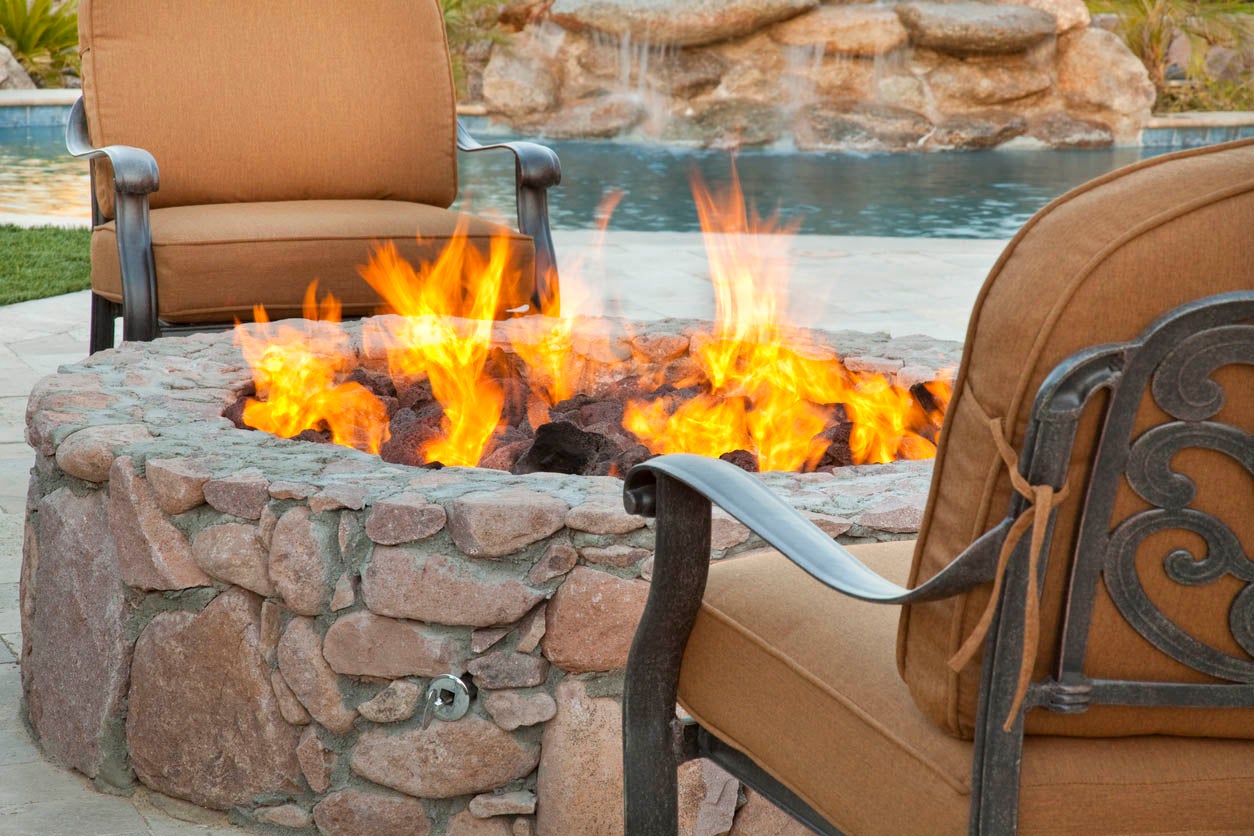
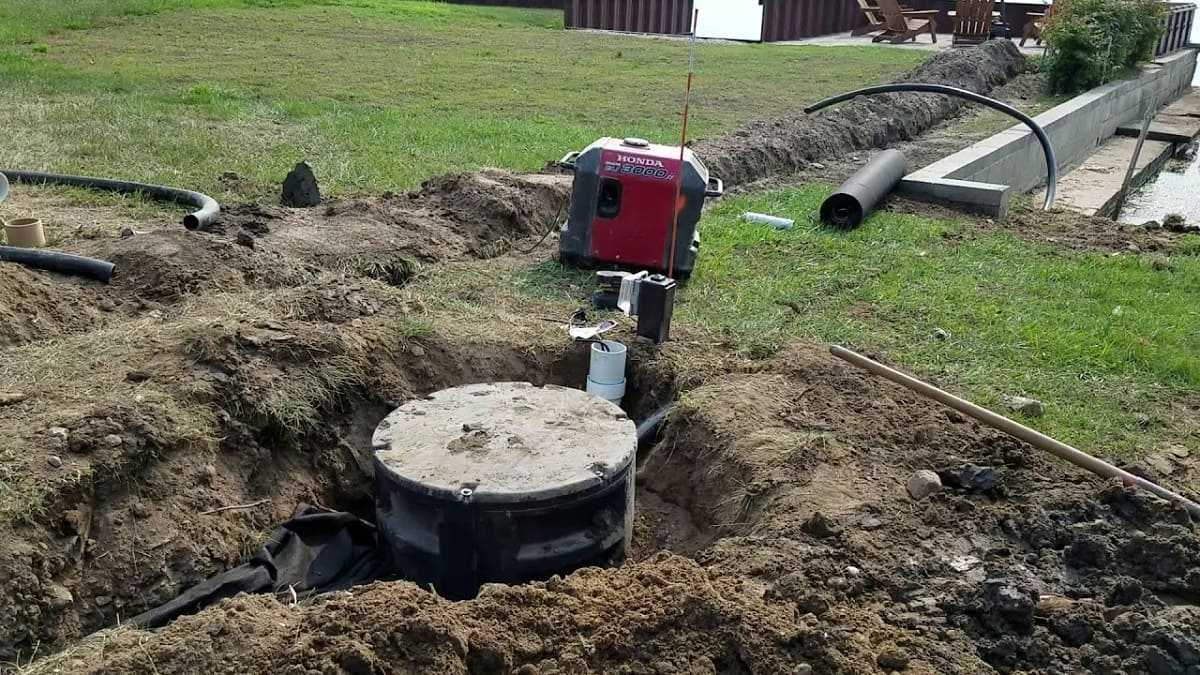
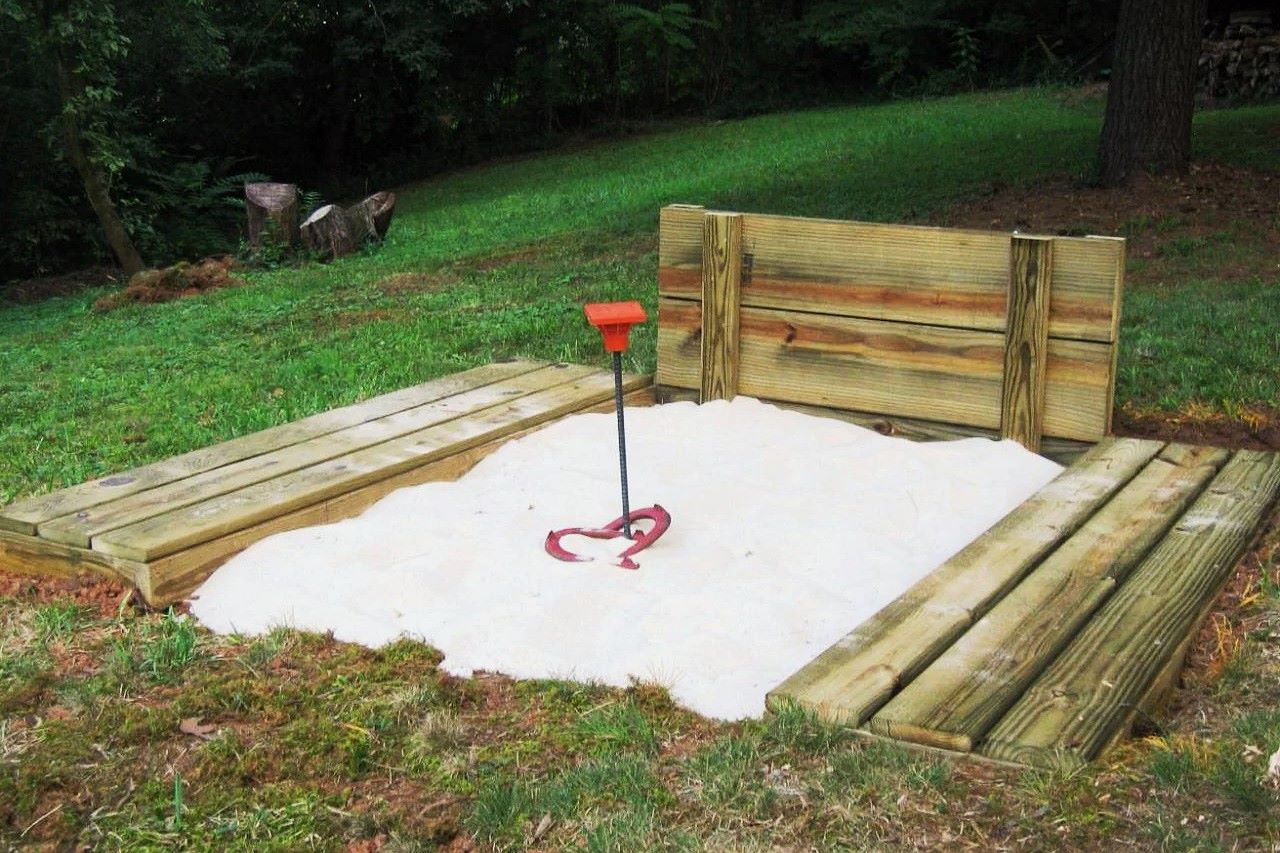

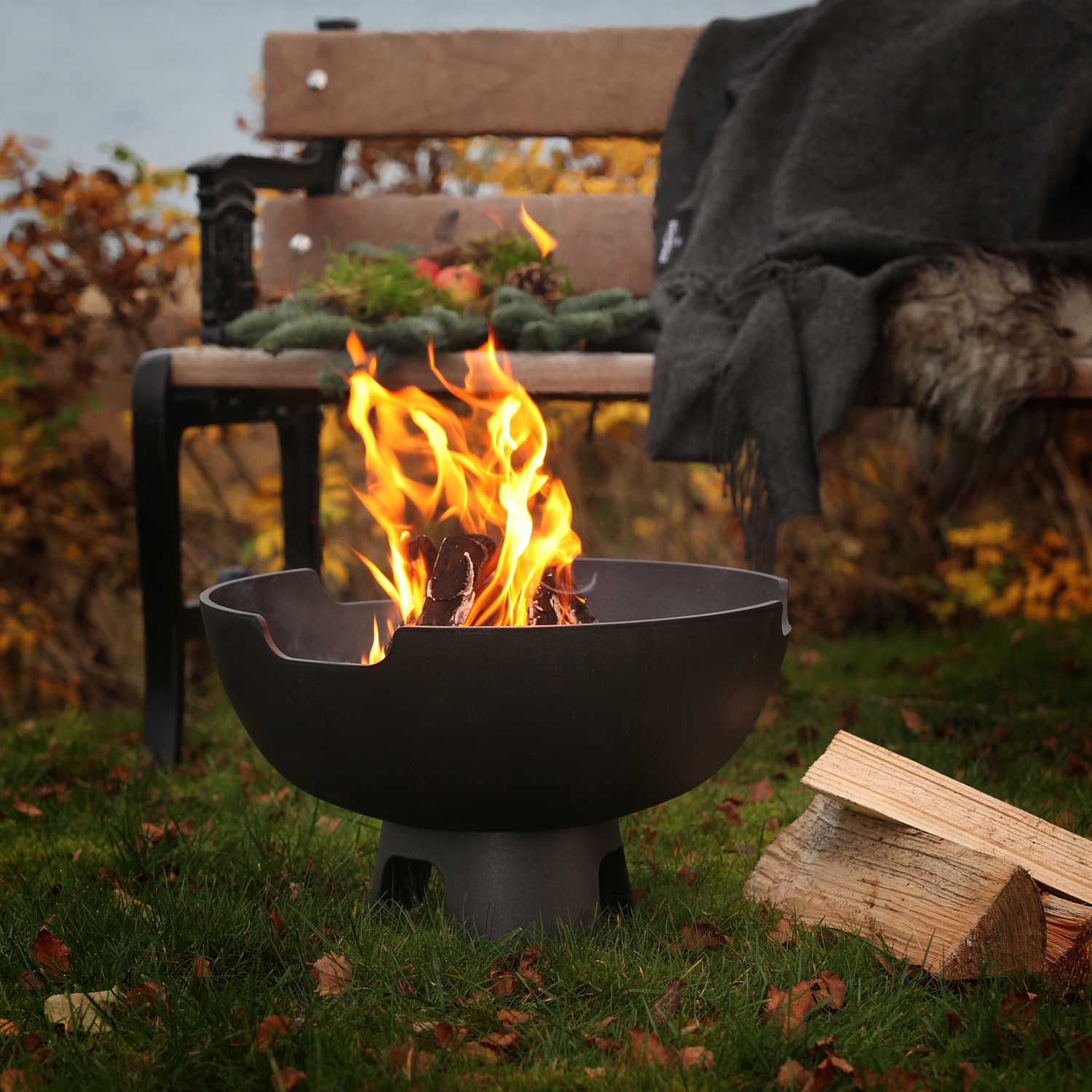
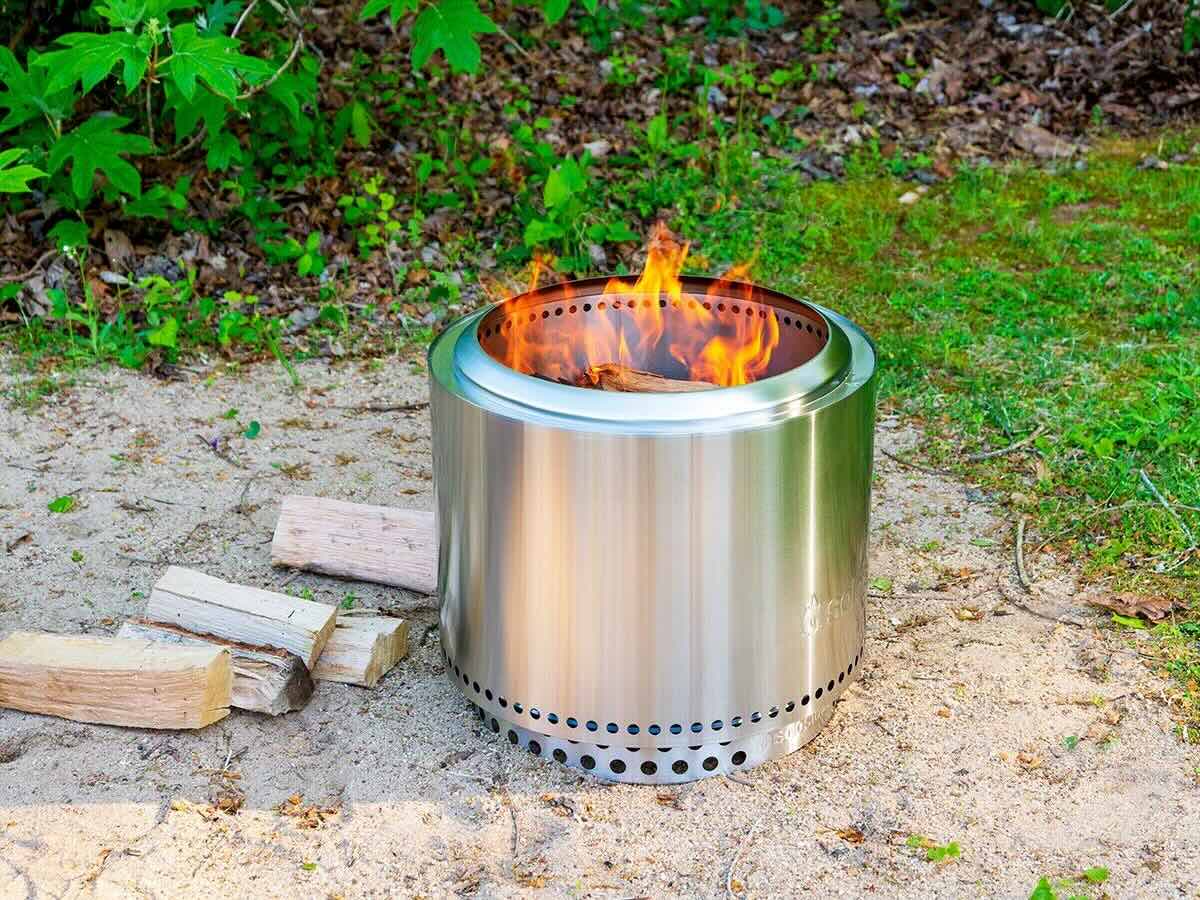
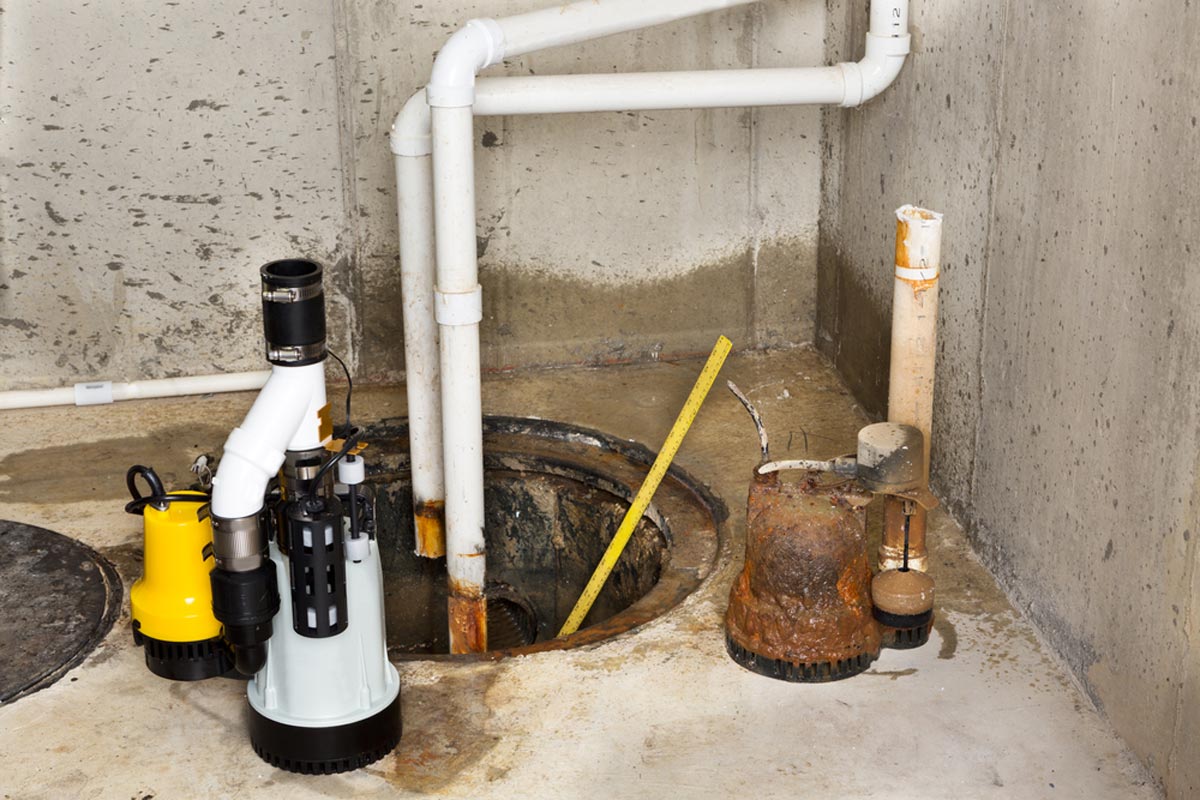
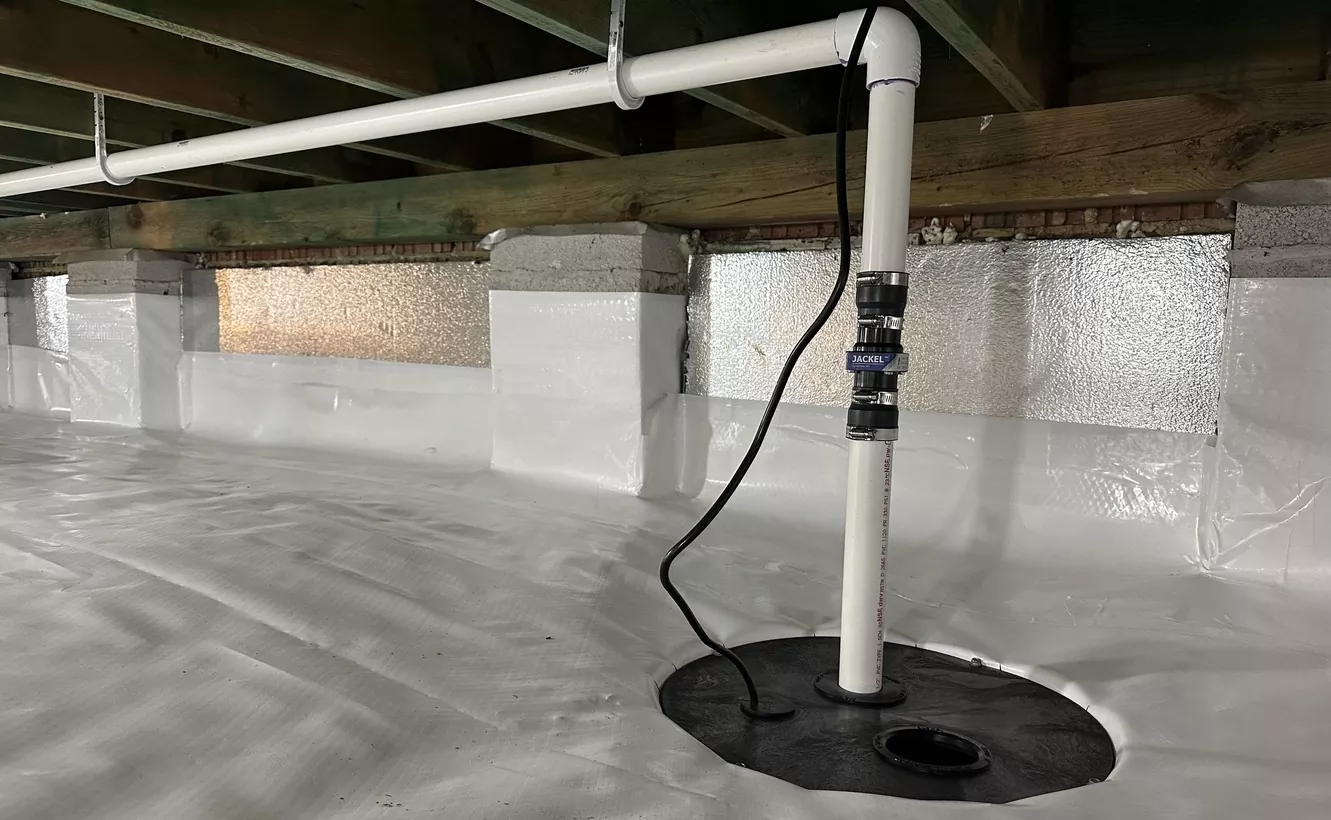


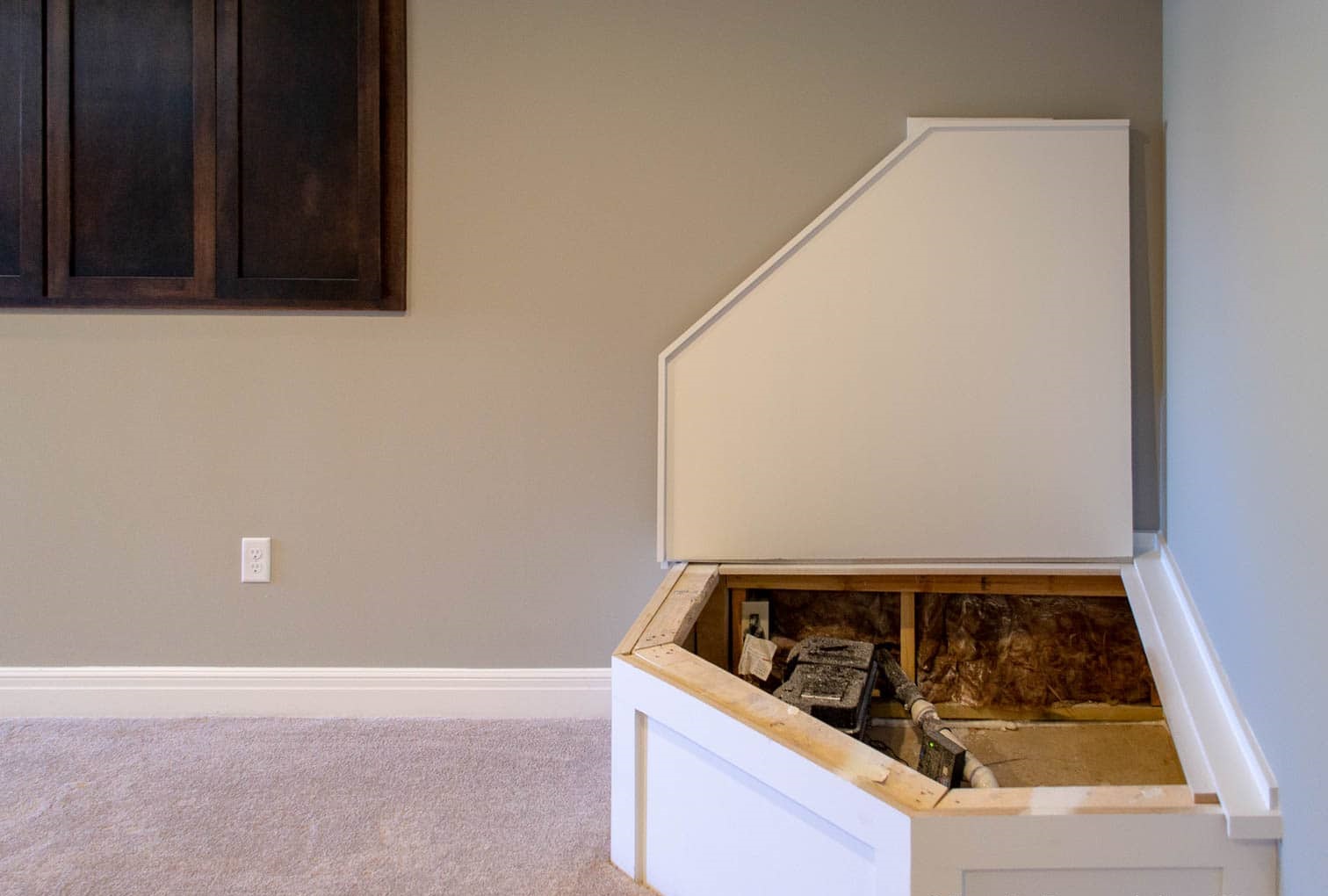
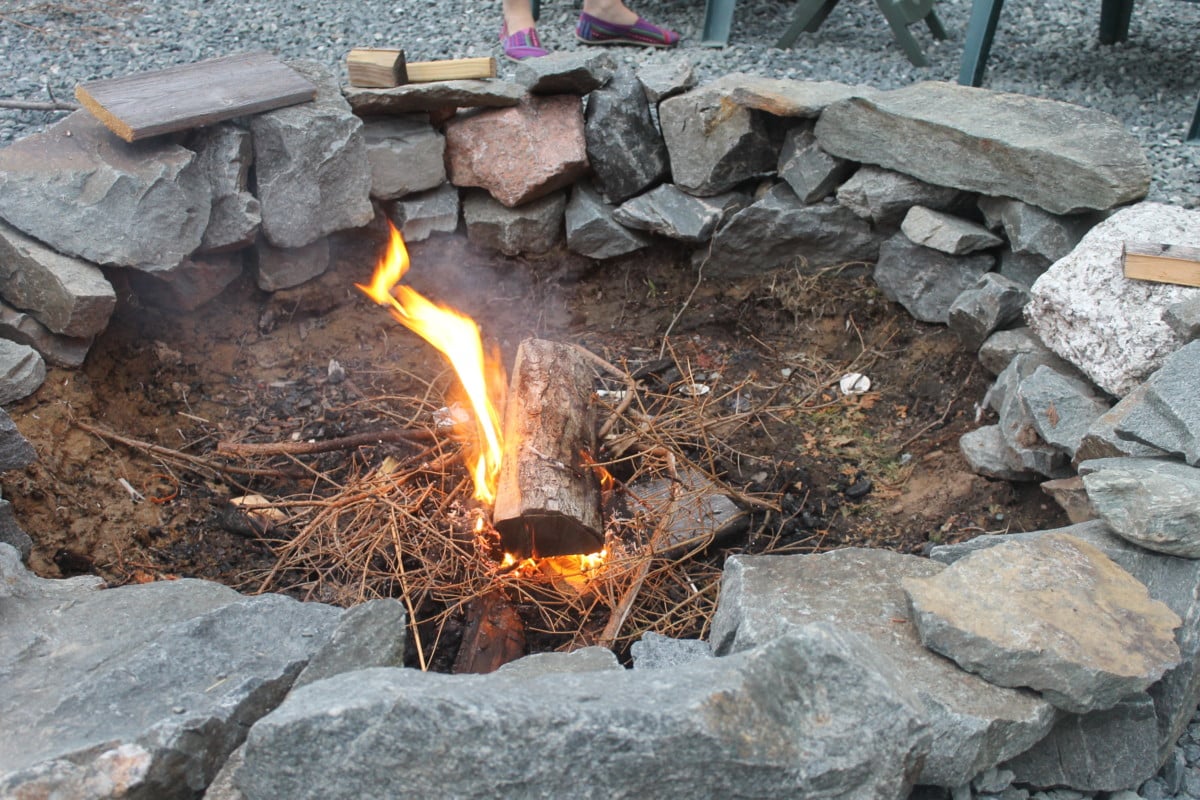
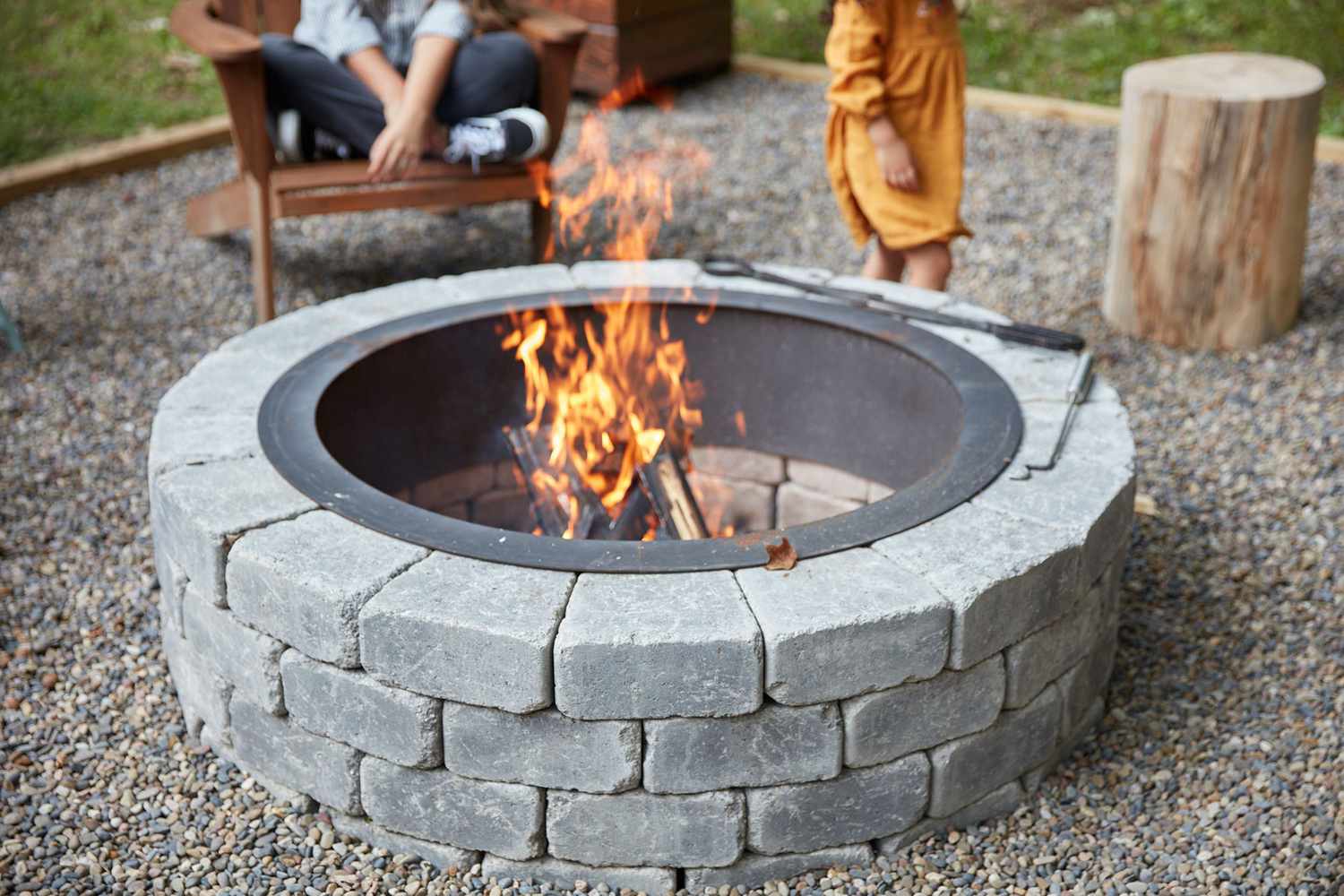


0 thoughts on “What Is A Sump Pit In Construction”